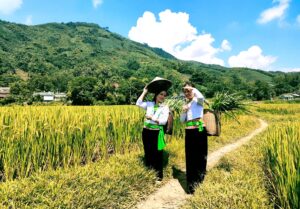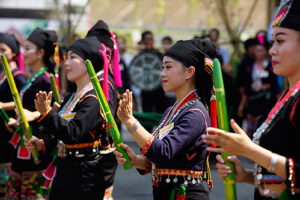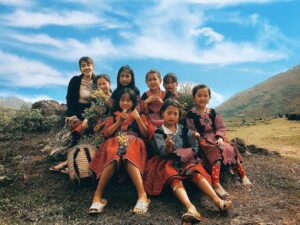The Dao Ethnic Group – A Unique Cultural Identity in Vietnam
The Dao ethnic group is one of Vietnam’s 54 officially recognized ethnic minorities, known for their rich cultural traditions and distinct way of life. With a population of over 700,000, the Dao primarily inhabit the northern mountainous provinces such as Lao Cai, Ha Giang, Yen Bai, Cao Bang, and Tuyen Quang, as well as some areas in the Central Highlands. Their presence in Vietnam dates back centuries, with historical roots tracing to southern China before migrating southward in search of new settlements.
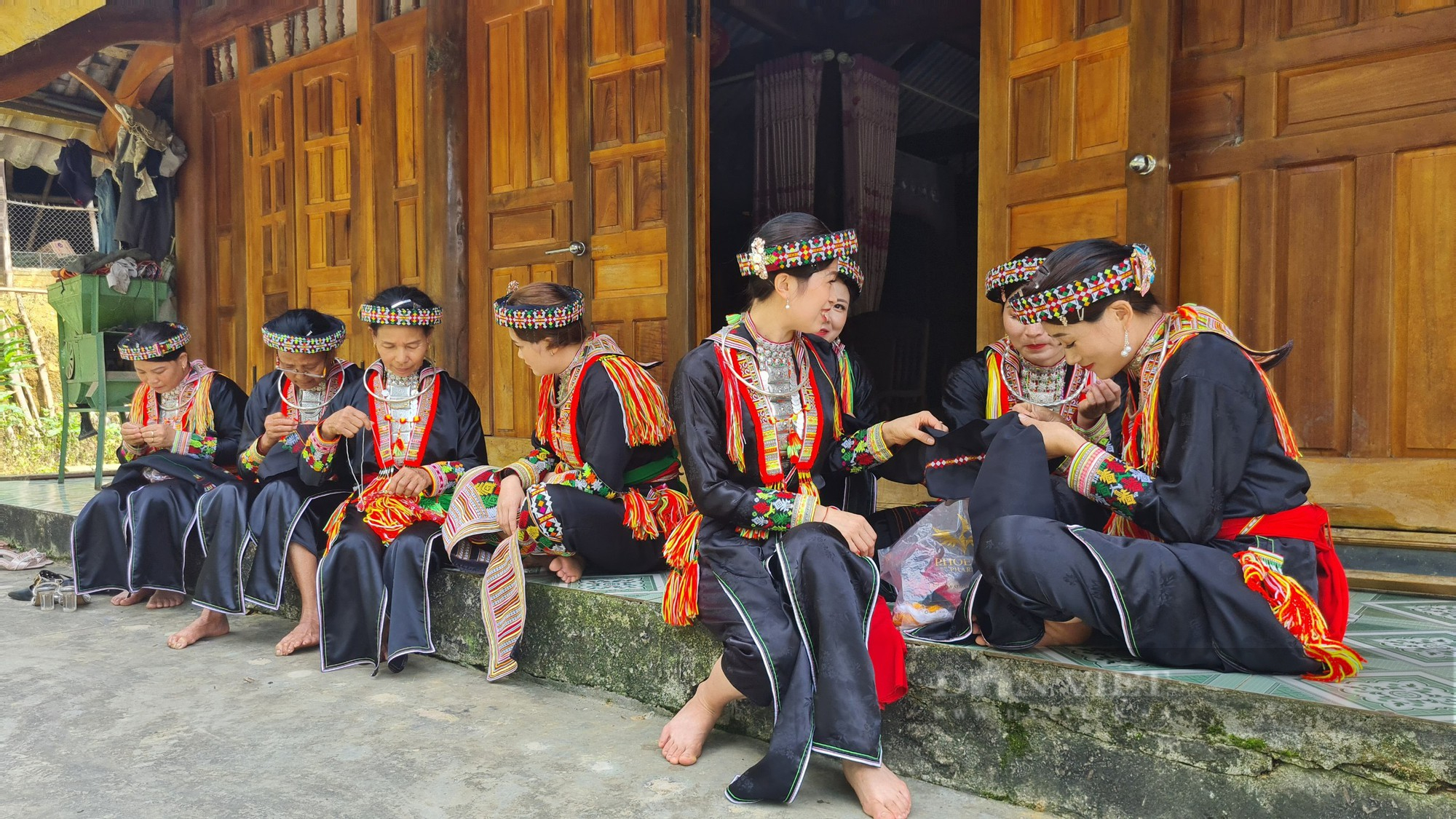
The culture of the Dao people includes their language, script, customs, stories, poems, proverbs, folk songs, folk dances, fine arts, and more. Many of their rituals and folk performances, passed down through generations, form an integral part of their cultural identity. Notable ceremonies include the Ban Vuong Ceremony, Cap Sac Ceremony, and the Tet Nhay Festival. These rituals not only mark significant life events but also serve as a way to maintain spiritual and cultural ties to their ancestors and deities.

One of the most striking aspects of the Dao people is their traditional attire, which varies among different Dao subgroups but generally features elaborate embroidery, bright colors, and silver ornaments. Dao women are easily recognized by their headscarves, intricately decorated clothing, and silver jewelry, while men typically wear short tunics with embroidered collars. Some groups, such as the Red Dao, are known for their bright red headdresses, while others, like the Dao Tien (Coin Dao), adorn their clothing with small silver coins. Silver jewelry is particularly important in Dao culture, symbolizing protection from evil spirits, good fortune, and divine favor.
Cultural Characteristics and Unique Customs of the Dao People
The traditional costumes of the ethnic groups in the Northwestern region are exquisitely designed, carrying deep meanings related to beliefs, culture, and history. Each ethnic group has its own unique style of clothing, but in general, they share common characteristics such as: the use of vibrant colors like red, yellow, green, and purple; a focus on decorative details such as embroidery and embellishments with patterns; and the design of the costumes being suited to the climate and daily habits of the people.
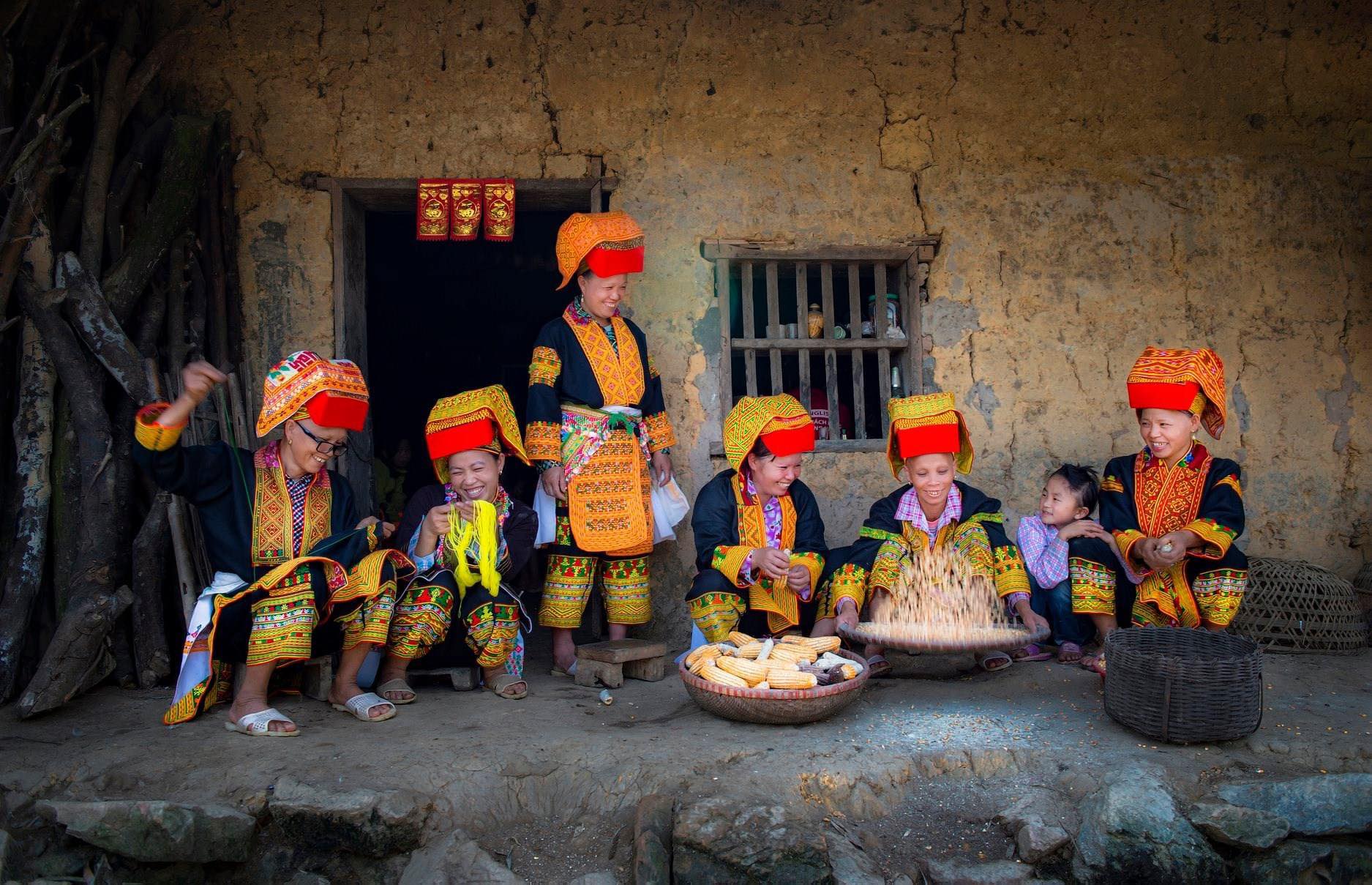
The traditional attire of the Dao people is one of the most striking aspects of their cultural identity. Their clothing varies among different subgroups, but it typically includes vibrant colors, elaborate embroidery, and distinctive silver jewelry, which reflect their social status, beliefs, and creativity.
Dao women often wear long-sleeved shirts, intricately embroidered with colorful patterns, a chest cloth, and leg wraps. The attire is completed with a headscarf, which is an important element of their traditional look. Men’s clothing, while simpler, usually consists of short tunics with an open front, adorned with embroidered collars and five buttons, symbolizing their clan. The garments are often dyed with indigo, and the intricate embroidery on the clothing carries symbolic meanings related to nature, life, and spirituality.
The embroidery on the clothing of the Dao people is rich in symbolism. The patterns often represent natural elements such as mountains, rivers, trees, and animals, reflecting the Dao people’s deep connection with nature. The craftsmanship of these garments requires a significant amount of skill, with the fabric being handwoven and then dyed with indigo. The patterns are meticulously embroidered by hand, often over the course of weeks or months. This intricate work is not only decorative but serves as a symbol of personal and familial identity, as well as a form of spiritual expression.
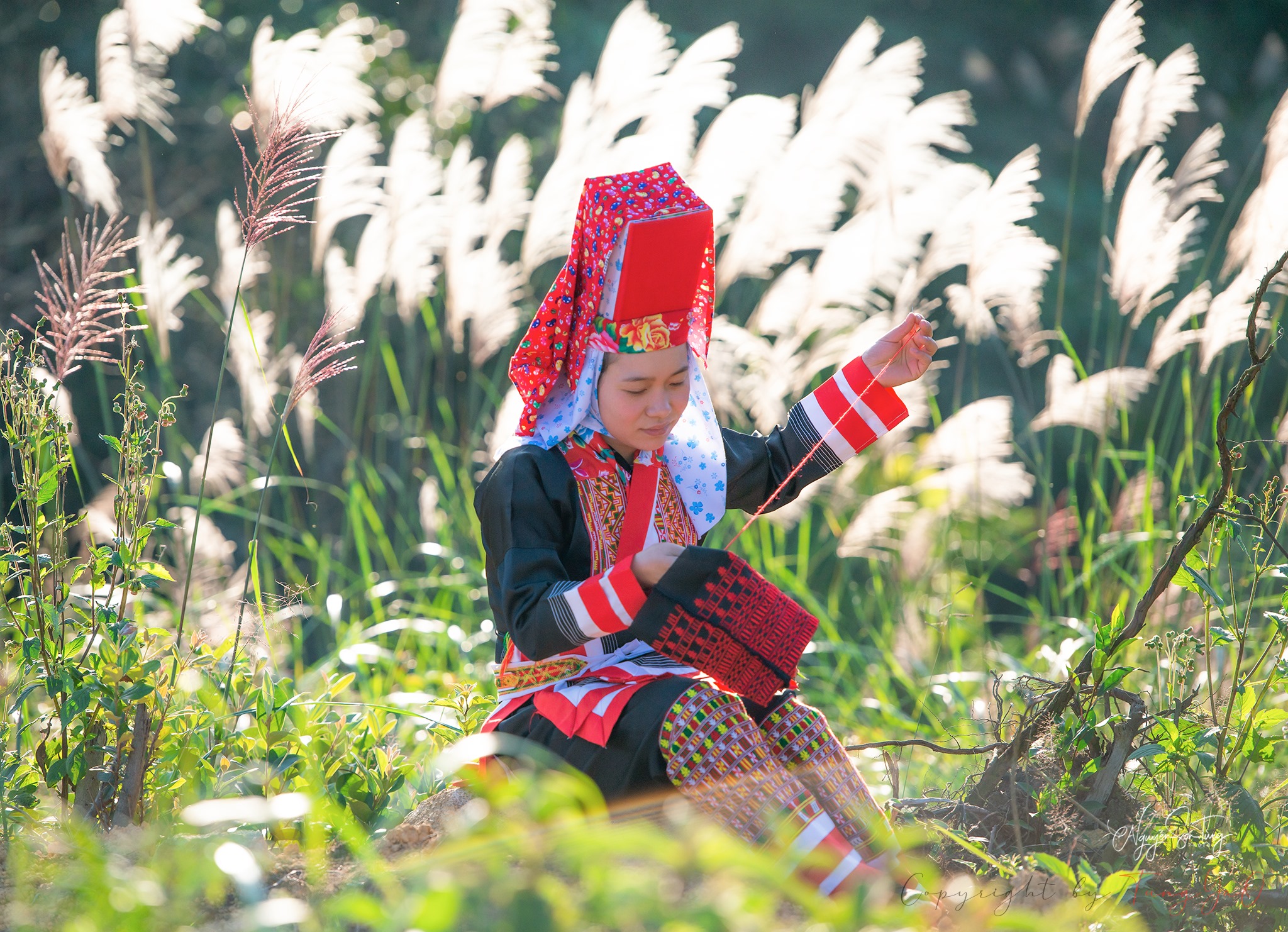
Jewelry plays an essential role in Dao traditional attire. The most significant piece is the silver jewelry, which includes necklaces, bracelets, earrings, and rings. These pieces are often large and intricately designed, and are believed to protect the wearer from evil spirits and bring good fortune. The Dao people have a special relationship with silver, seeing it as a sacred material that has protective powers. Traditional styling also includes the careful layering of garments, with men and women alike wearing several pieces of clothing to create a cohesive and balanced look that reflects their culture’s values.
Architecture and Living Space
The culture of the ethnic groups in the Northwestern region of Vietnam is clearly reflected in their architecture, with each ethnic group having its own unique architectural style, creating the distinctive features of each region. The houses here are typically built using natural materials such as wood, bamboo, rattan, or reed, and are mainly stilt houses. These stilt houses not only provide warmth in the winter but also keep cool in the summer, thanks to their smart design and suitability for the highland climate. A common feature of the houses in the Northwestern region is that they are usually built on hill slopes or mountainsides, with the floor elevated from the ground, helping to avoid floods and creating a cool, airy space. The stilt house model has increasingly become an attractive destination for tourists who want to explore the life and unique culture of the people in the Northwestern region.
Dao houses are traditionally built on stilts, providing protection from flooding and making it easier to keep animals such as pigs, chickens, and goats. These stilt houses are made of wood, and the roofs are steeply pitched to allow rain and snow to easily slide off. In some regions, Dao people also build earthen houses or houses directly on the ground, especially in lower altitudes. The interior of the house is divided into different areas for sleeping, cooking, and socializing, with the family’s daily life taking place in a central communal space.
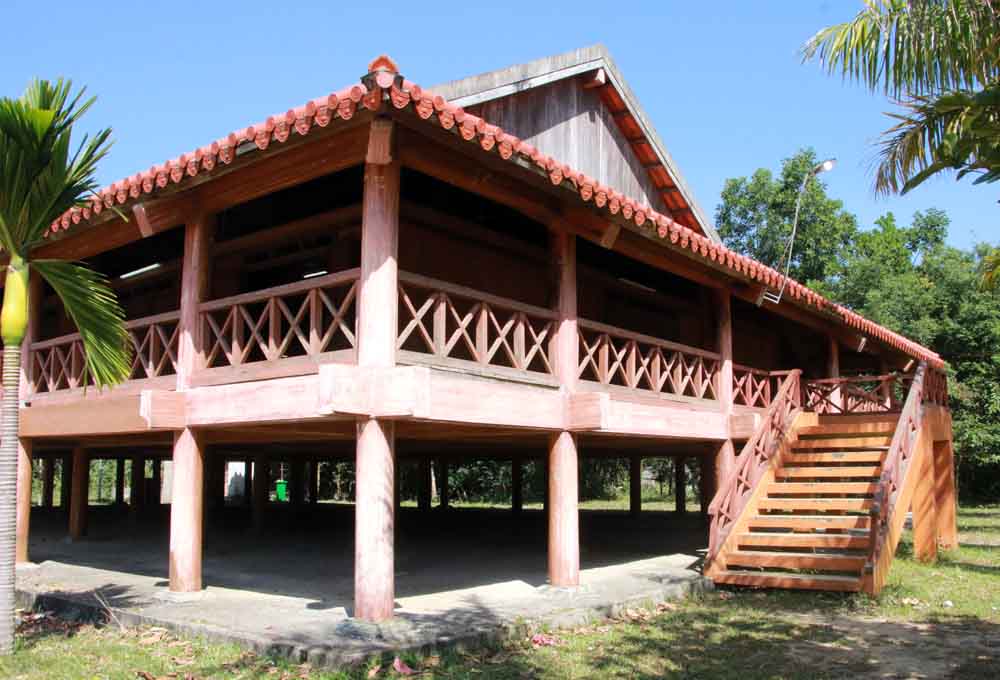
The layout of the Dao home reflects both practicality and cultural values. The elevated structure of the house is a reflection of the Dao’s relationship with nature and their understanding of environmental factors like flooding and temperature. The division of space within the house represents the importance of family and community, with a central focus on the hearth where the family gathers. Additionally, the orientation and decoration of the house are often aligned with spiritual beliefs, with offerings and symbols placed in specific areas to honor ancestors and protect the household from spirits.
Dao villages are often organized in a way that fosters a sense of community. Houses are typically arranged along a central path or clustered together in a way that allows for easy interaction between neighbors. In some villages, houses are built in circular formations, symbolizing unity and mutual support. The village space is also shared for social gatherings, festivals, and rituals that are an important part of Dao culture.
The communal space in Dao villages is used not only for living but also for collective activities such as festivals, rituals, and celebrations. For example, during the Tet Nhay Festival, the entire village participates in the festivities, with dancing, singing, and rituals that celebrate the changing seasons and honor the ancestors. These communal spaces are often designed to allow for large gatherings, and they play an important role in fostering a sense of belonging and unity among the people. The Dao people’s communal lifestyle is deeply embedded in their cultural practices, and the layout of their homes and villages reflects this interconnection.
Customs and traditions
The spiritual and cultural life of the Dao is diverse and deeply rooted in ancestor worship. They believe in multiple deities and spirits that govern nature and human life. A central aspect of Dao religious practice is the worship of ancestors and various local spirits. Rituals are performed to honor these spirits and seek blessings for the community, such as prayers for rain or good harvests. One of their most important rituals is the Cap Sac Ceremony (Rite of Passage), which marks a man’s transition into adulthood and grants him the right to participate in community affairs. This ceremony is considered sacred and is performed with great reverence, accompanied by traditional music, chanting, and offerings.
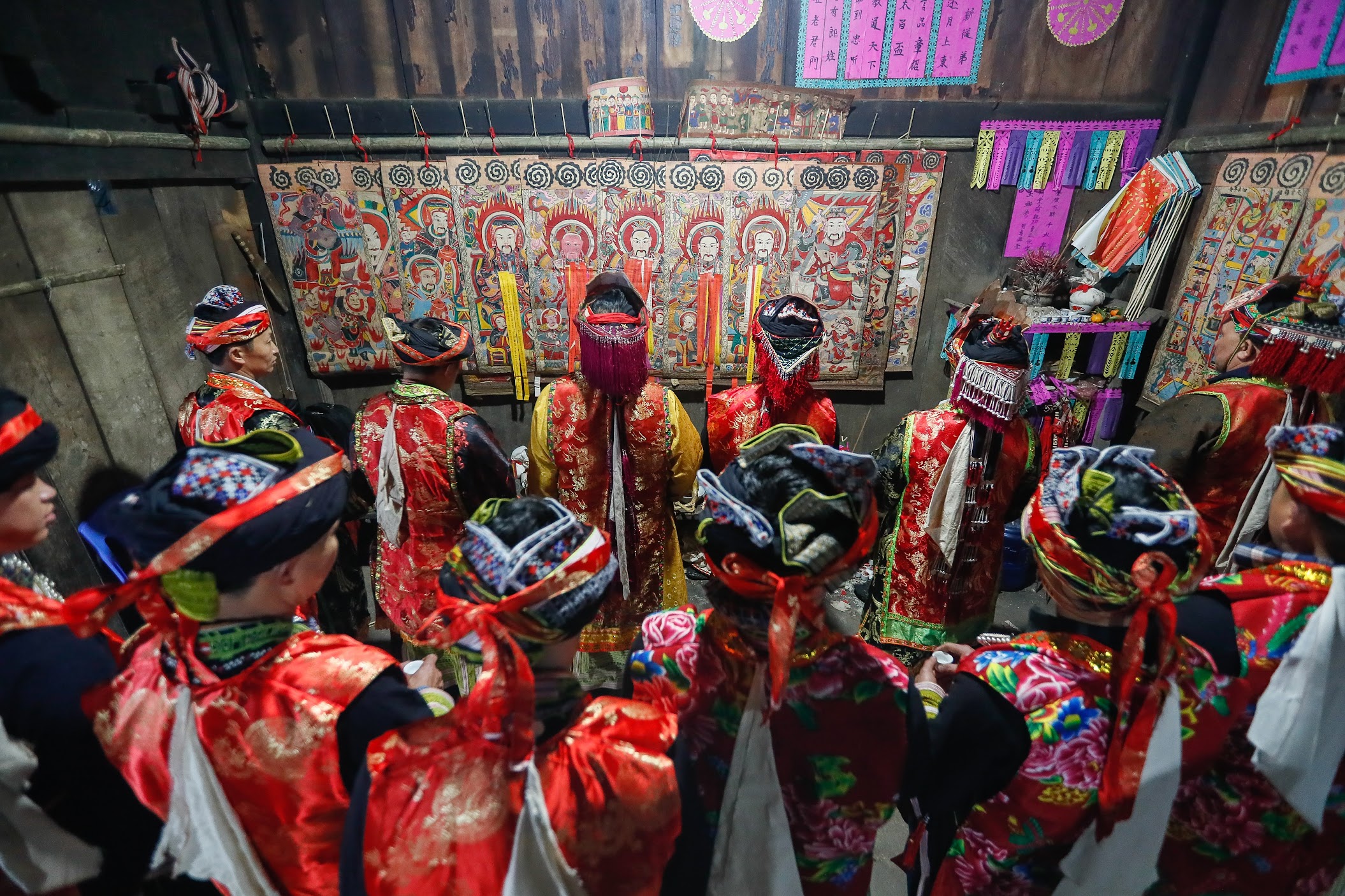
In addition to ancestor worship, the Dao people practice polytheism and worship a wide range of spirits. In their households, they commonly worship ancestral spirits, kitchen gods, and earth deities. At the community level, they also perform rituals to honor the spirits of the village, including protective deities and spirits of the land. Rituals are performed for various purposes, including asking for good weather or pest control. These rituals are essential in maintaining balance with nature and ensuring prosperity for the community.
The Dao also maintain rich folk traditions in music and dance. Pao Dung singing is a cultural treasure of the Dao people, recognized as a National Intangible Cultural Heritage. Dao people often compose or spontaneously perform songs during social occasions, including festivals, weddings, or visits to a new house. The songs are typically performed in a call-and-response style, which is common in Dao culture for social interaction and getting to know one another.
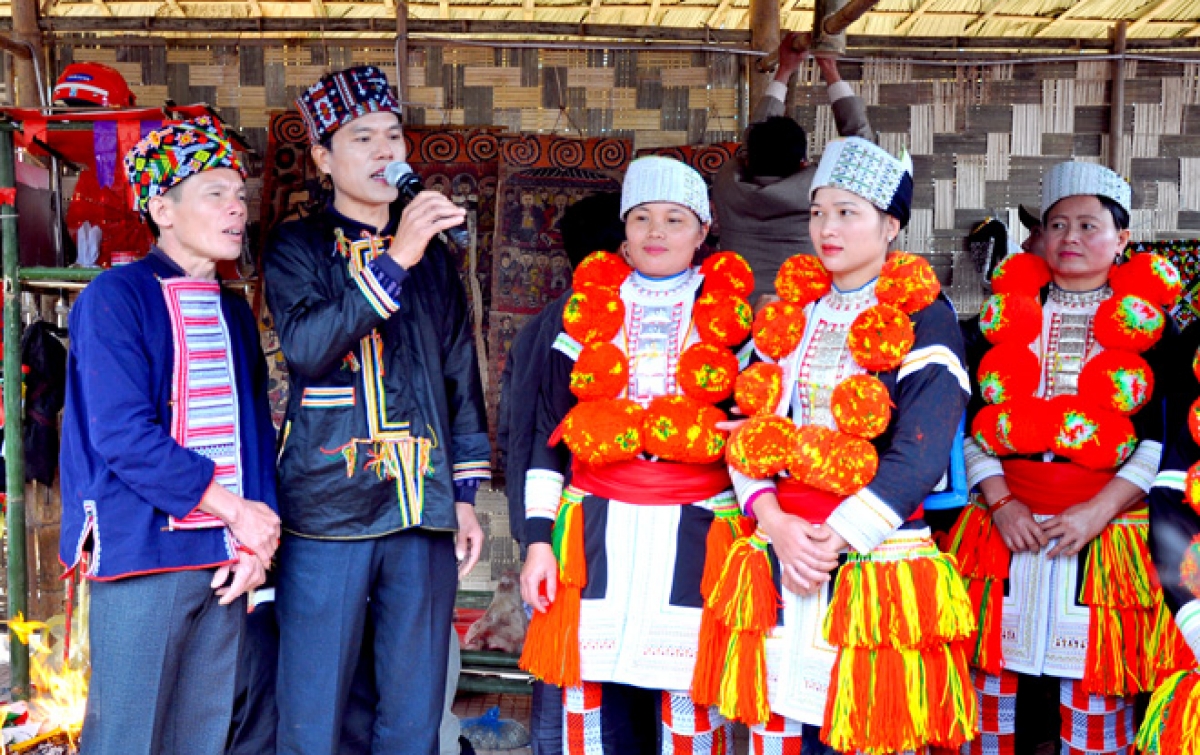
Dao people also enjoy various traditional games, some of which are ritualistic, such as those used for divination, dancing, or trance sessions. Others are played during leisure or celebration times, like finger-string games, rope swinging, and top-spinning. These activities not only entertain but also strengthen community bonds and preserve cultural traditions.
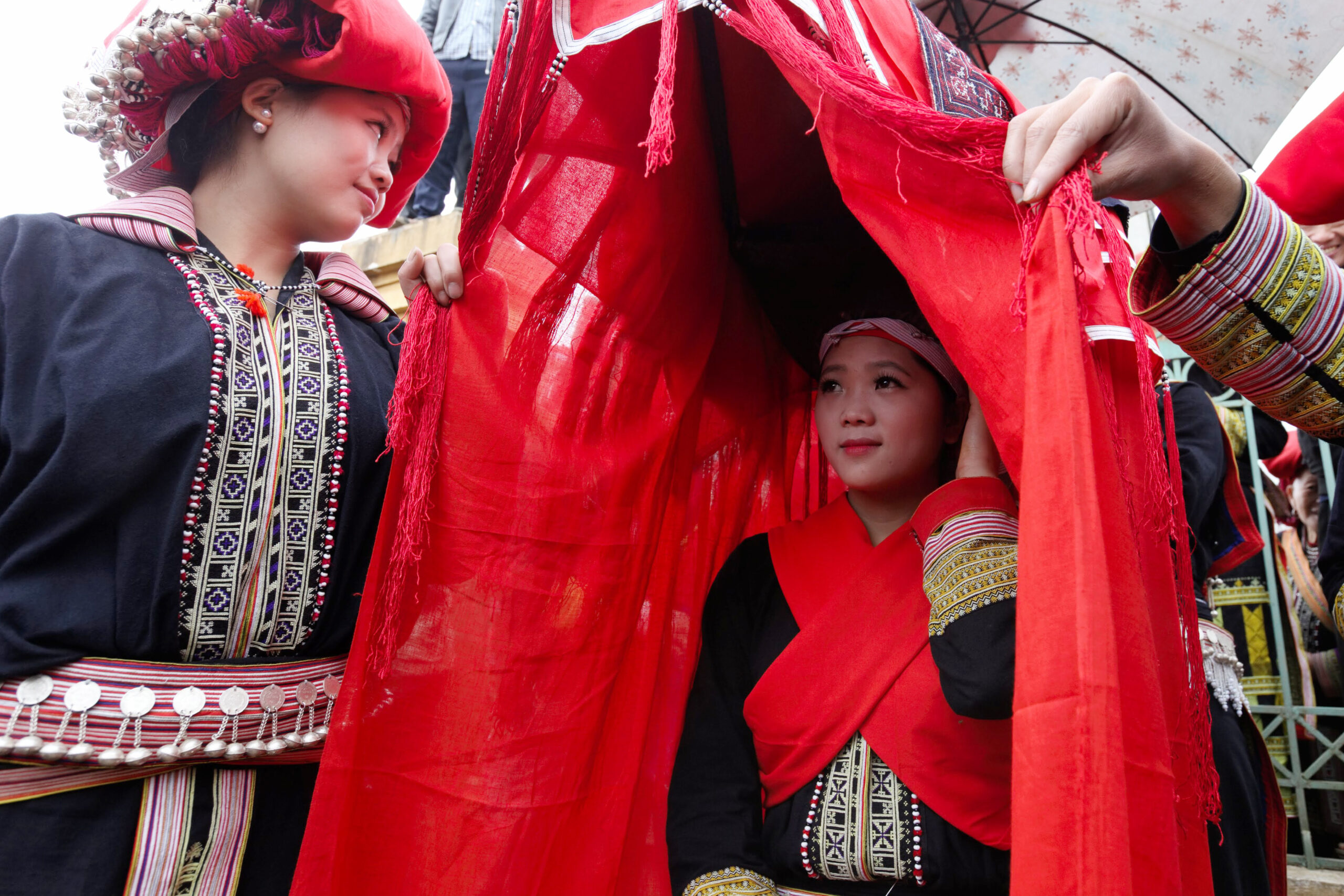
The Dao people also possess a vast treasure of knowledge about herbal medicine, which is deeply connected to their long history of living in the mountains. When someone in the village is ill, the community often relies on natural remedies. The Dao people have passed down diverse and valuable folk remedies, with herbs collected from forests, cliff sides, and streams. These remedies are still used widely today and are an essential part of their cultural heritage.
In terms of agriculture, the Dao people practice slash-and-burn farming, grow rice and maize as their main crops, and also cultivate vegetables such as pumpkins and sweet potatoes. They raise cattle, pigs, and chickens in the foothills, and in higher regions, they also keep horses and goats. The Dao people are also skilled in cotton cultivation and weaving, often using indigo dye for their fabrics. Most Dao villages have blacksmiths who repair farming tools, and in some places, they make firearms and cast iron bullets. Furthermore, the silversmithing tradition is a long-standing craft among the Dao people, with jewelry being a significant part of their cultural expression.
In recent years, as modernization influences remote communities, efforts have been made to preserve Dao traditions and integrate them into tourism and cultural promotion. Despite changes in lifestyle and economic activities, the Dao people continue to uphold their customs, making them an essential part of Vietnam’s ethnic diversity. Their ability to maintain a strong cultural identity while adapting to contemporary life reflects the resilience and richness of their heritage, contributing significantly to Vietnam’s vibrant cultural mosaic.

